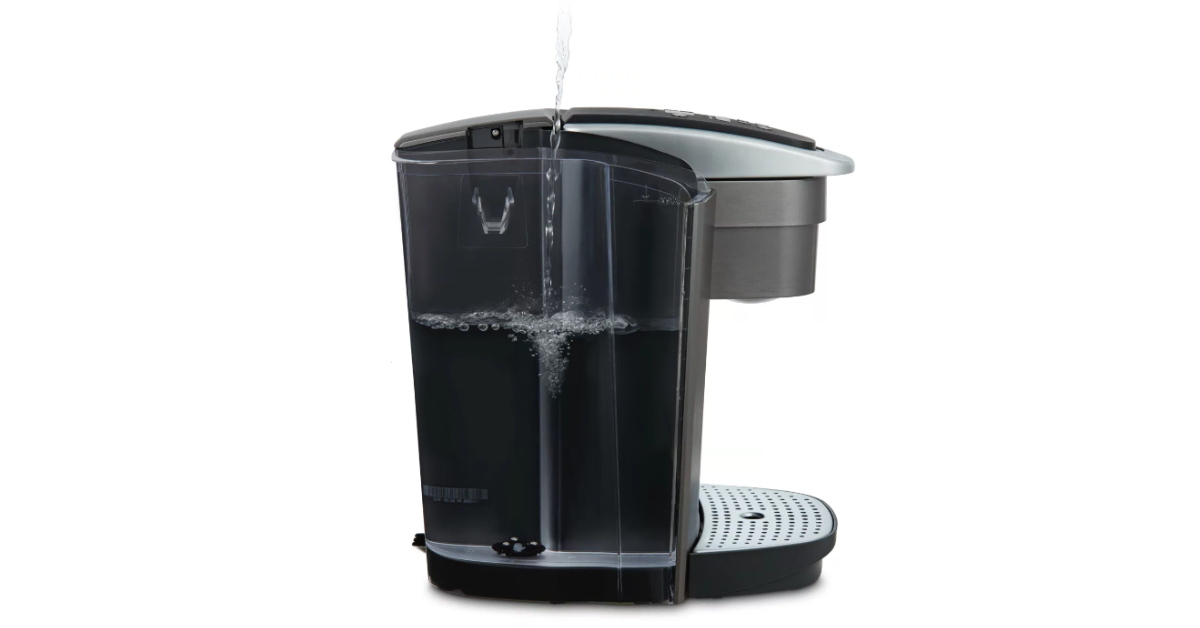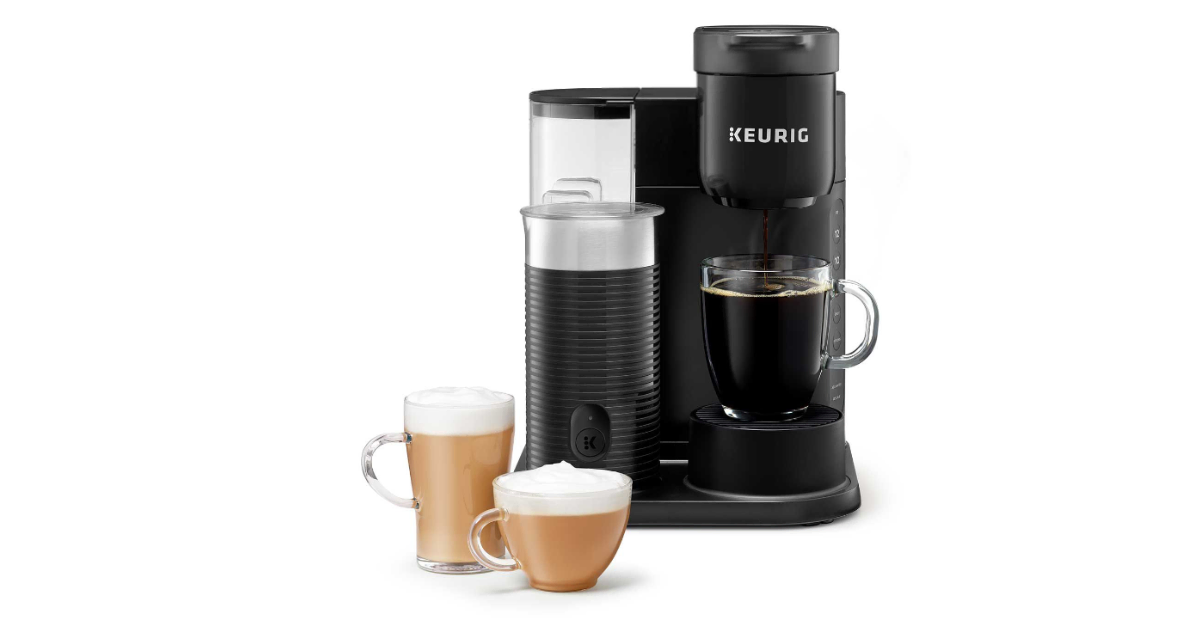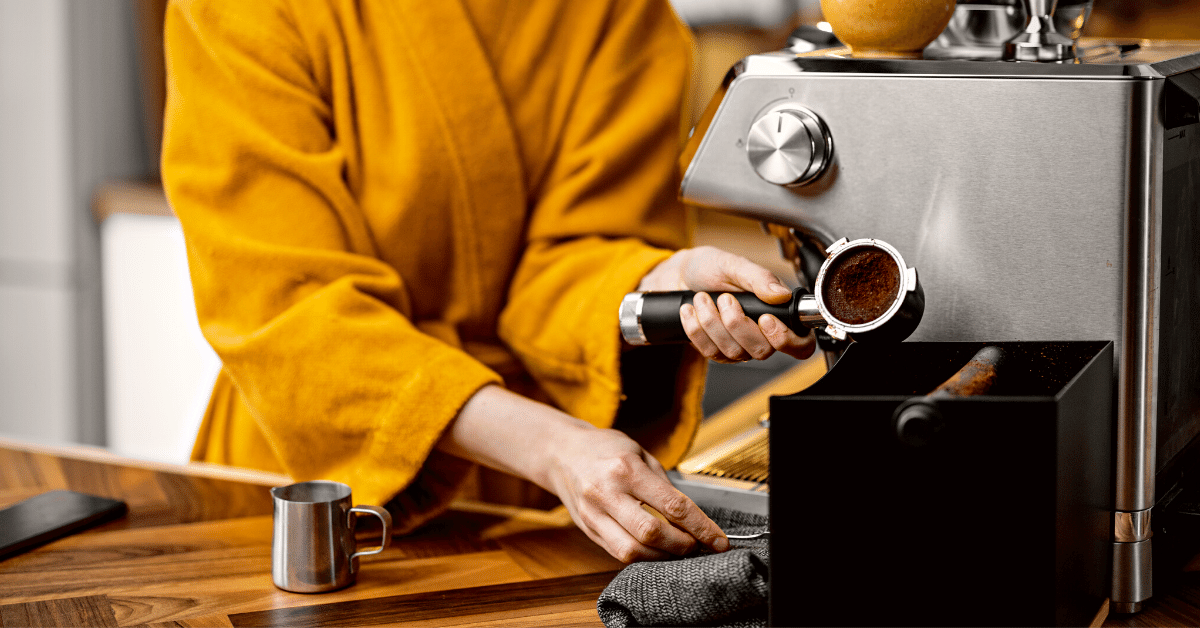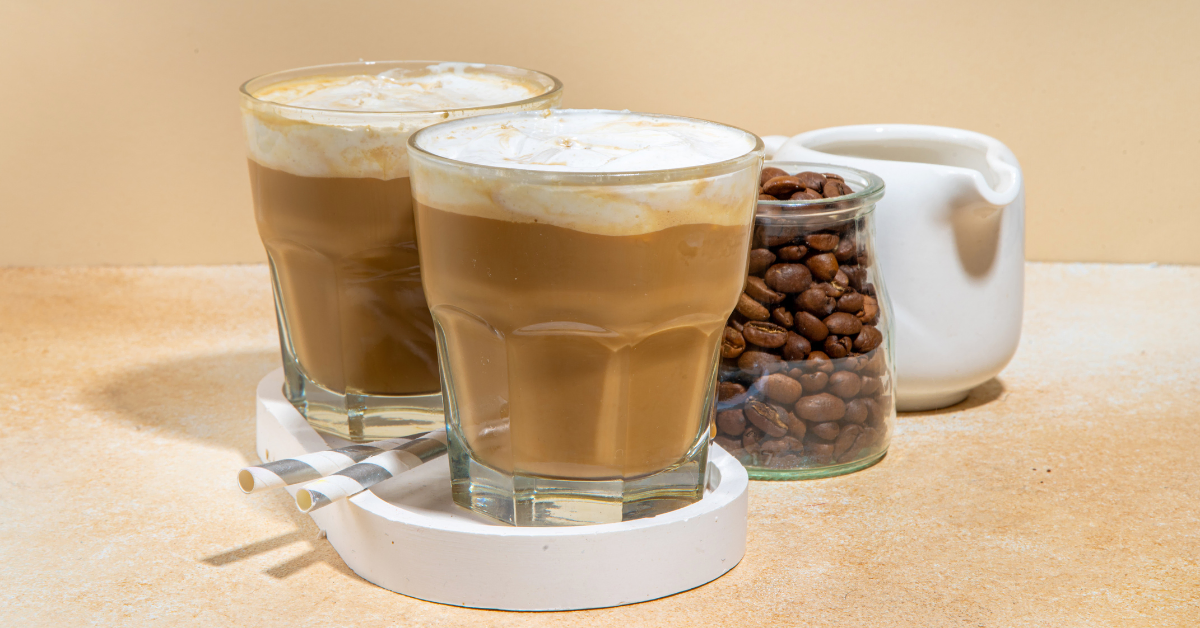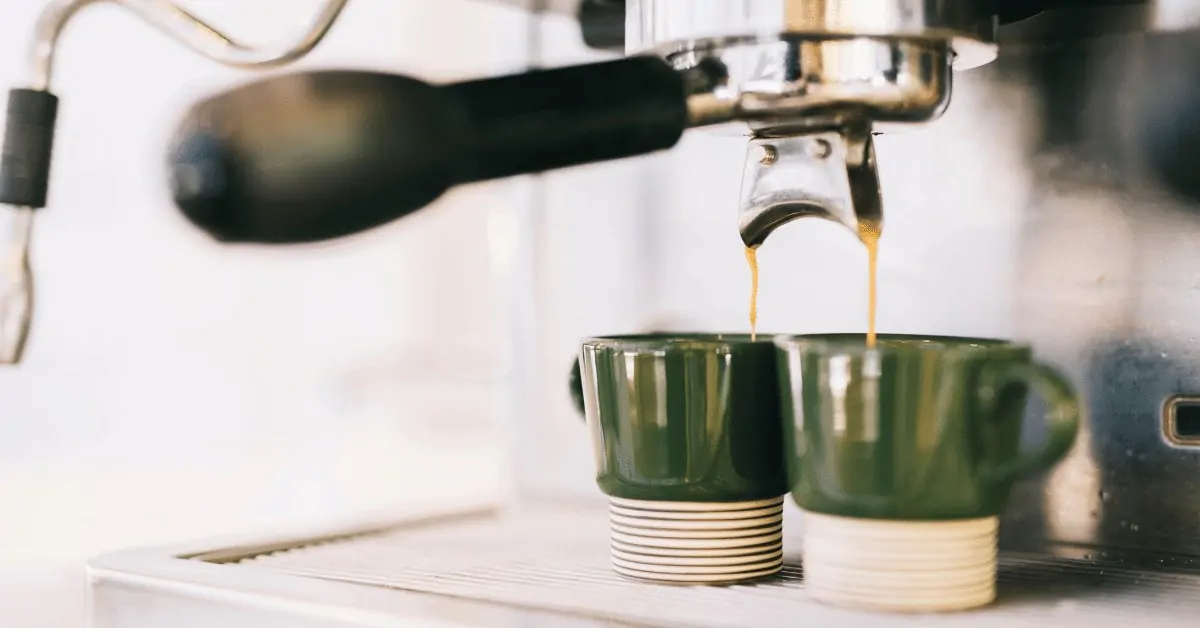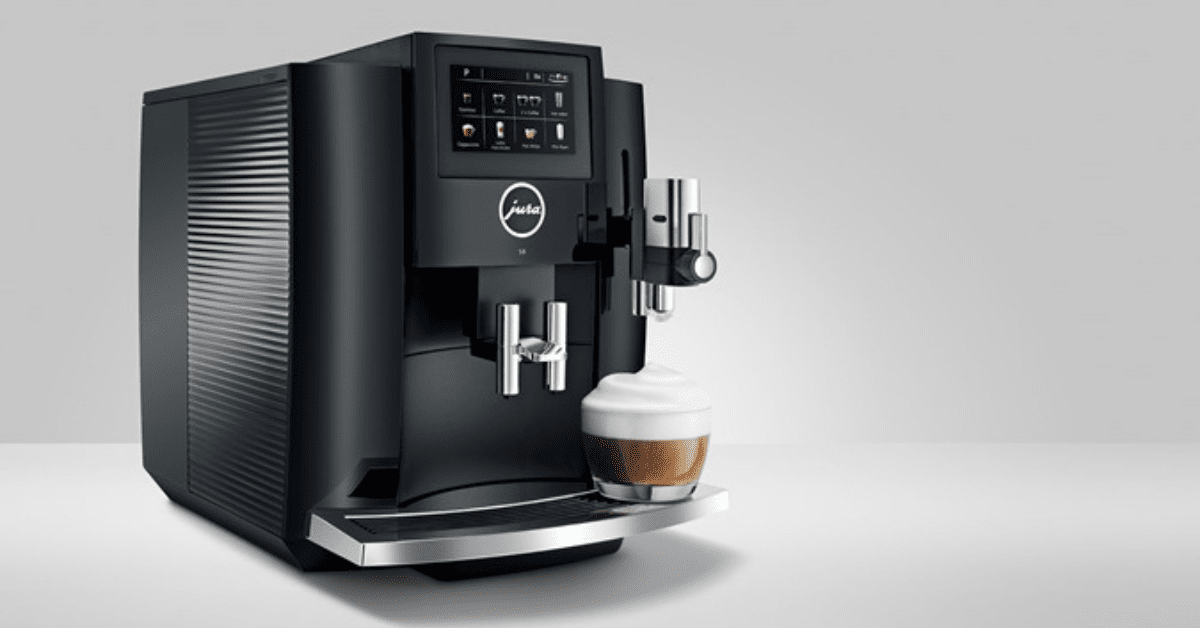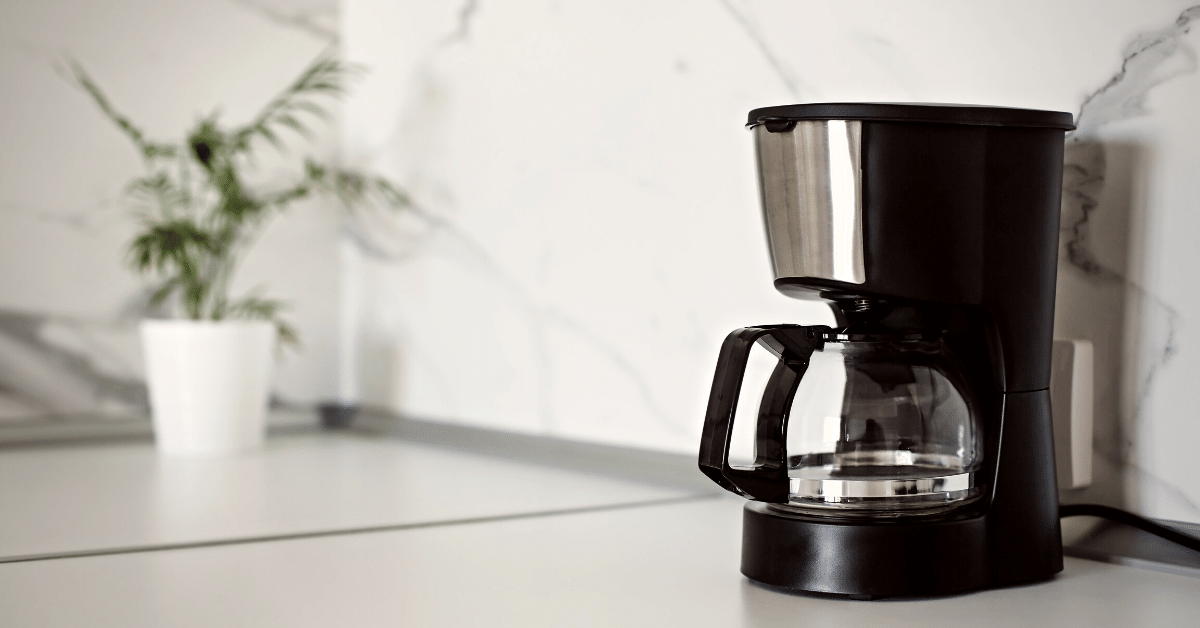You’re one step away from a hot cup of coffee…
But then you realize your Keurig coffee maker is not pumping water.
Let me stop you before you start panicking.
In most cases, the reason for Keurig not pumping water lies in something that’s easy to fix.
Today, we’ll go over the most common reasons why your machine might be acting this way, as well as how to fix it.
Let’s dive straight in.
Keurig Not Pumping Water: What’s The Issue?
Your Keurig machine is making noise but not actually pumping water through? That doesn’t mean you have to toss it (yet). This usually happens because of the various types of clogs inside the machine. However, there are more than a few suspects.
I did a deep dive into all the possible issues your coffee maker might be experiencing. And once you detect the problem, just follow my step-by-step guide for fixing each of them.
Water Line and Filter are Clogged
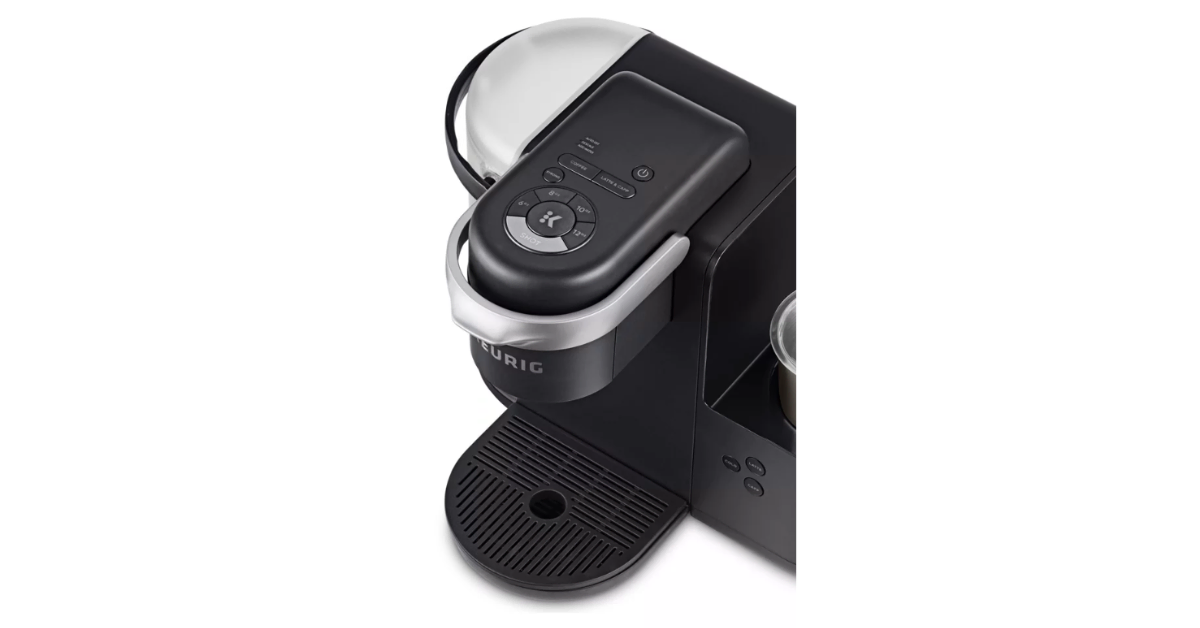
Both tap and bottled water contain minerals such as calcium and magnesium.
Over time, these minerals build up inside your coffee maker, creating a layer of a hard, chalky substance called limescale.
Keurig machines feature a fine mesh screen filter that sits where water leaves the reservoir and flows into the water line. This little thing is designed to remove impurities from the water as it flows through the machine.
But after prolonged use, the filter itself can get clogged from too much debris.
If that happens, there are a few things you can do.
First, try this:
- Unplug the machine from the wall and remove the water tank.
- Empty the tank, and then take out the filter. For this, you’ll need a long magnetic screwdriver. There are three screws that hold it in place that you need to remove.
- Once the screen filter is out, let’s clean it. You can do that by soaking it either in soapy water or vinegar for about 45 minutes.
- If the debris is not 100% gone from soaking, you’ll need to clean it manually. For this, you can use a toothbrush under a strong flow of tap water. Alternatively, you can use Waterpik oral irrigator to force a stream of water through the screen to remove limescale remains.
- When you’re done cleaning, do an additional fresh water rinse to make sure the entire filter is unclogged.
- Put the filter parts back together and screw the entire thing back into its original position.
If you’ve recently descaled and cleaned your machine, then the limescale buildup might not be too big. In that case, there might be a quicker and easier fix for your problem.
- Grab a baster pipette and insert it where the water tank meets the water line.
- Force water through it a couple of times. The water should get murky as you force the limescale through.
In the case of slight debris buildup, this should do the trick.
There is Air in the Water Lines
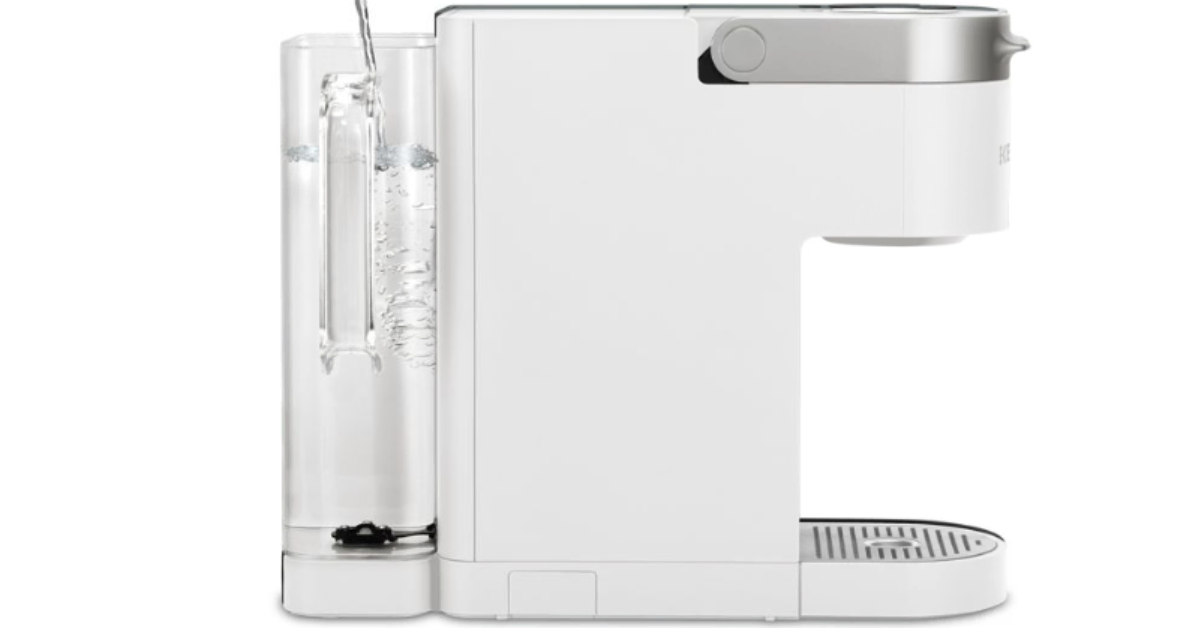
Sometimes, the air can get stuck inside water lines. In that case, we need to get things shaking!
No, I’m not kidding. You’ll have to rock your machine to get the air out.
Here’s how:
- Unplug the Keurig brewer from the wall outlet.
- Disassemble the water tank and the drip tray.
- Grab the coffee maker with both hands and shake it like a bartender making a cocktail. I know it sounds weird, but shaking movement should release the trapped air inside the water lines.
Another thing you can do to remove stuck air bubbles is to turn the coffee maker upside down and smack it.
Alternatively, try this:
- Open the water tank lid.
- Close the water line with your finger.
- Check out the pod chamber to make sure there’s no Keurig K-Cup inside the holder.
- Lower the handle and run a brew cycle with just water, with your finger still on the water line.
What this will do is it will force the water to flow through the line and push the air bubbles out.
NOTE
Whichever method you decide on using, always make sure there’s no leftover hot water inside the machine. To be extra safe, unplug the coffee maker for at least an hour before doing anything.
“More Water Please” Error
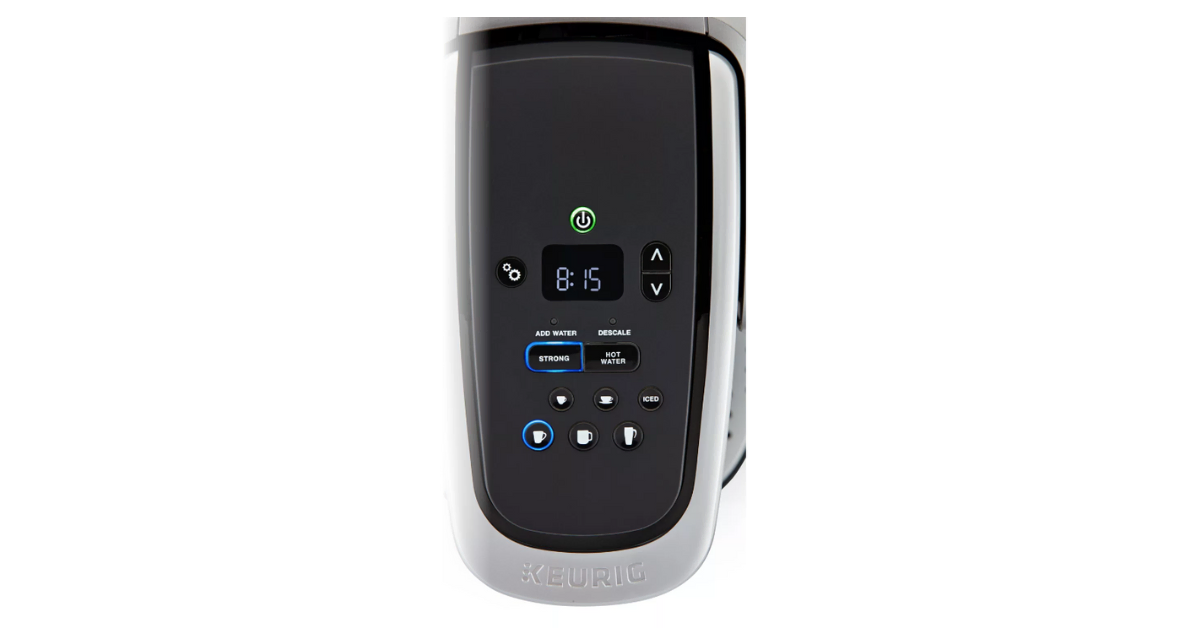
If your Keurig sends out this error, there are two possible causes for this. First, the water you’re using might not be adequate. Keurig coffee brewer can be quite sensitive to the type of water you put inside. This is especially the case with distilled water.
Alternatively, your water tank might simply be sending incorrect signals.
Whichever it is, you can easily fix this error.
Here’s how:
- Remove the water tank from its designated spot. Pour any leftover water into the sink, then refill to the optimal level line.
- Try running the machine. If it still doesn’t work, follow the next steps.
- Take out the water tank and pour out the water.
- Clean the inside of the water tank with a non-abrasive cloth.
- Refill the water tank with clean water and put it back into its designated place.
In most cases, this should solve the issue, and you are ready to brew coffee.
Water Tank is Clogged
As you know, water (especially hard water) contains minerals that can form limescale on a surface.
Well, the water tank is in contact with water constantly, so naturally, some limescale will form. Eventually, limescale build-up can clog the opening of the water tank, which means that water cannot flow properly. And this can lead to Keurig not pumping water.
Luckily, with some cleaning and descaling, you will have it up and running in no time. Just follow these steps:
- Turn off and unplug the machine.
- Remove and empty the water tank.
- Soak the reservoir in a descaling solution and water for an hour or so.
- Get rid of the descaling solution.
- Use a brush to remove any debris or mineral buildup from the inside of the tank, especially at the opening of the tank.
- Wash the tank with soap and water, and rinse it thoroughly.
- Fill the tank with fresh water and replace it in the machine.
- Turn the machine on and run a water-only cycle to flush out any remaining debris.
NOTE
After descaling the water tank, you should run the descaling solution through the whole machine. Also, regular descaling will prevent clogs in the first place.
Needles are Clogged
Your Keurig won’t pump water? It could mean that its entrance and exit needles are clogged.
Needles pierce the K-Cup, letting the water flow through. And they can get clogged as well, which means the water won’t be able to pass through.
To get your machine running again, you need to clean the needles:
- Turn off and unplug your machine.
- Remove the cup holder from the machine, detach the parts from one another, and clean them thoroughly, especially the exit needle. You can clean the tube on the pod holder with a paperclip (or a needle).
- Locate the entrance needle under the brewer head on the machine. There are two holes in the needle that need cleaning. Clean them with a paper clip (or a needle).
- Reassemble the pod holder and put it back into the machine.
- Turn the machine on and run a water-only cycle with the largest cup (without a K-Cup) to rinse the machine.
IMPORTANT
Be careful while cleaning the needles because they’re very sharp!
Detection Magnet is Faulty
The detection magnet is a sensor inside your Keurig which controls the level of the water inside the tank. But, this magnet can sometimes get stuck or out of alignment, which can cause the machine not to pump water at all.
To fix this, you have to:
- Turn off your Keurig.
- Remove and empty the water reservoir.
- Refill the water reservoir ⅓ of its capacity and turn on the machine again.
- If the machine is still not working properly, continue to the next step.
- You can try dislodging the magnet by tapping or shaking the tank gently. This might return the magnet to its place.
- If this doesn’t work, empty the water reservoir again. Then, put your hand into the tank and try to adjust the magnet with your finger.
- If you managed to adjust the magnet, refill the water reservoir and put it back in its place. Turn on the machine and try to start a water-only brew cycle.
If everything is ok, you can brew a cup of Joe again. If the magnet is still not aligned, your problem might be more serious, and it’s best to contact Keurig support.
Reservoir Spring is Rusty
A reservoir spring is a small valve with a spring that regulates the water flow from the water tank to your cup. Naturally, this valve is constantly wet so it can get moldy and rusty over time. The rust can cause the valve to malfunction and keep your Keurig from pumping water.
The best you can do in this case is to replace the rusty reservoir spring:
- Turn off and unplug your machine, and remove the reservoir.
- Find the reservoir spring inside the machine.
- Remove the spring from the machine carefully and replace it with a new one.
- Put back the water reservoir.
- Turn the machine on and run a brew cycle. If the water is flowing again, you can proceed to brew your coffee.
NOTE
If you are not confident in replacing the reservoir spring yourself, call customer service to help you out.
Keurig Water Pump is Damaged
Not to sound pessimistic, but one possible reason why your Keurig coffee maker might not be working could be because the water pump got damaged.
And if that happens, the only thing you can do is replace either the motor or the whole thing. In that case, make sure you get the right part for your Keurig model.
What to Do if Your Keurig Is Still Not Pumping Water?
You’ve tried everything from the list, and your Keurig coffee maker is still not pumping water?
Unfortunately, there isn’t much else you can do yourself, aside from contacting customer service. They should guide you through possible fixes, step by step.
At the very least, Keurig customer service should tell you if they can repair your coffee maker or even replace it under warranty.
FAQ
Still have some questions regarding Keurig troubleshooting? Here are the answers to some questions regarding the Keurig coffee maker you might want to know.
How do you reset a Keurig after descaling?
Resetting a Keurig machine is rather simple.
Unplug the machine from the wall outlet and remove the water tank. Let it rest for at least an hour. After the time is up, reattach the water reservoir and plug the Keurig back in.
Can you run vinegar through a Keurig to descale it?
Yes, you can, although there is a dedicated Keurig descaling solution. Ideally, you want to make a mixture of a 1:1 water-to-vinegar ratio. To descale your machine, add the mixture directly into the water reservoir, then run a couple of water-only brew cycles (without coffee grounds).
What does it mean to prime a Keurig?
If your Keurig coffee machine is showing a prime error message, this means that water isn’t flowing properly from the water reservoir. When this happens, the machine won’t brew. Luckily, in most cases, the reason for the prime message is one of the mentioned above.
To Sum Things Up
If your Keurig won’t pump water, that’s probably because there’s something blocking the water flow.
In most cases, the problem lies either in the mineral buildup on the water filter or air bubbles inside the water line.
However, sometimes the reason is mechanical. In that case, it can only be fixed by changing the broken part or the entire machine.
Have other issues with your Keurig machine? Check out our article about the most common problems and find a quick fix.

